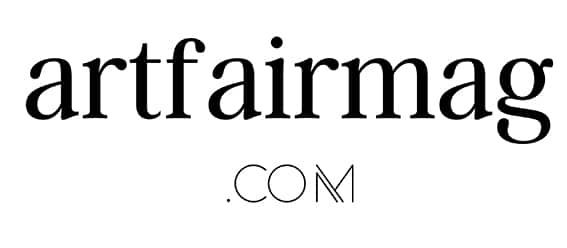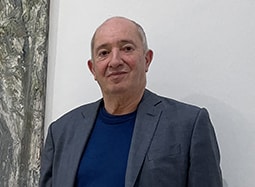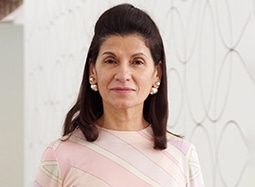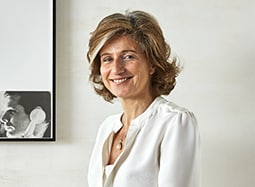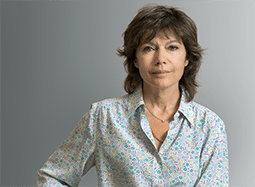Galerie Templon
Since the opening in 1966 of his first eponymous gallery where Daniel Templon promoted Conceptual and Minimal artists such as Martin Barré or Donald Judd, Galerie Templon has grown to become one of the most regarded contemporary art gallery. Daniel Templon is one of the art dealers who has contributed most to the recognition of American artists by French collectors. He has notably promoted Andy Warhol, Dan Flavin, Willem de Kooning and Frank Stella among others. Over the years, many artists now part of art history have exhibited with the gallery. Yet the promotion of young talent remains at the heart of the mission of this renowned international gallery.
Galerie Templon
Since the opening in 1966 of his first eponymous gallery where Daniel Templon promoted Conceptual and Minimal artists such as Martin Barré or Donald Judd, Galerie Templon has grown to become one of the most regarded contemporary art gallery. Daniel Templon is one of the art dealers who has contributed most to the recognition of American artists by French collectors. He has notably promoted Andy Warhol, Dan Flavin, Willem de Kooning and Frank Stella among others. Over the years, many artists now part of art history have exhibited with the gallery. Yet the promotion of young talent remains at the heart of the mission of this renowned international gallery.
Contemporary Art
30 rue Beaubourg
75003 Paris, FR
+ 33 (0)1 42 72 14 10
28 rue du Grenier Saint-Lazare
75003 Paris, FR
+ 33 (0)1 85 76 55 55
Veydtstraat 13A
1060 Brussels – Belgium
+ 32 (0)2 537 13 17
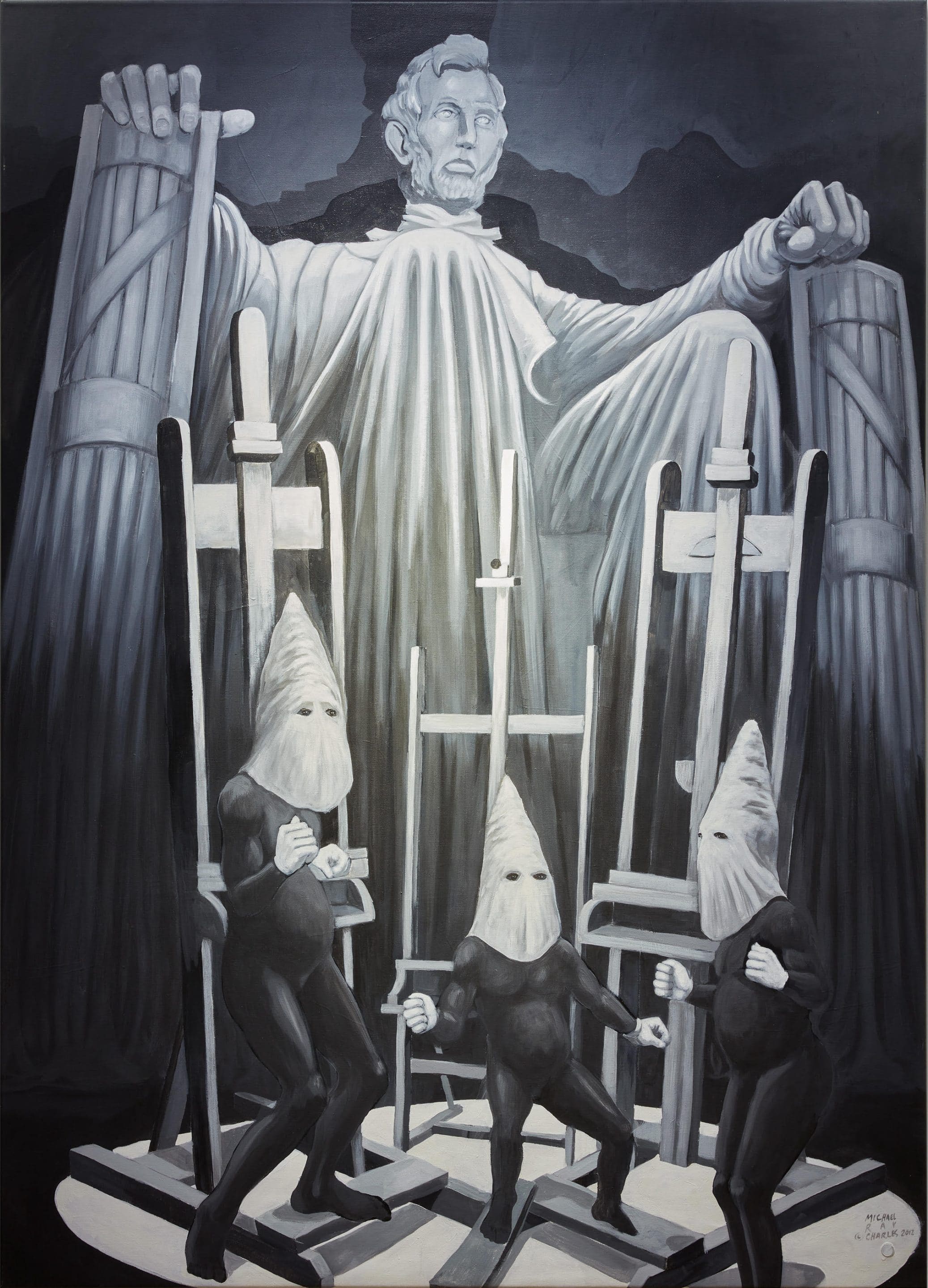
Michael Ray Charles
(FOREVER FREE) The Facts of Live, 2012
Acrylic latex and copper penny on canvas
195 × 140 cm ; 76 × 55 1/8 in.
All our Interviews

Read all our exclusive interviews with antique, modern, contemporary & primitive art dealers.

Interview with Mathieu Templon ~ Director
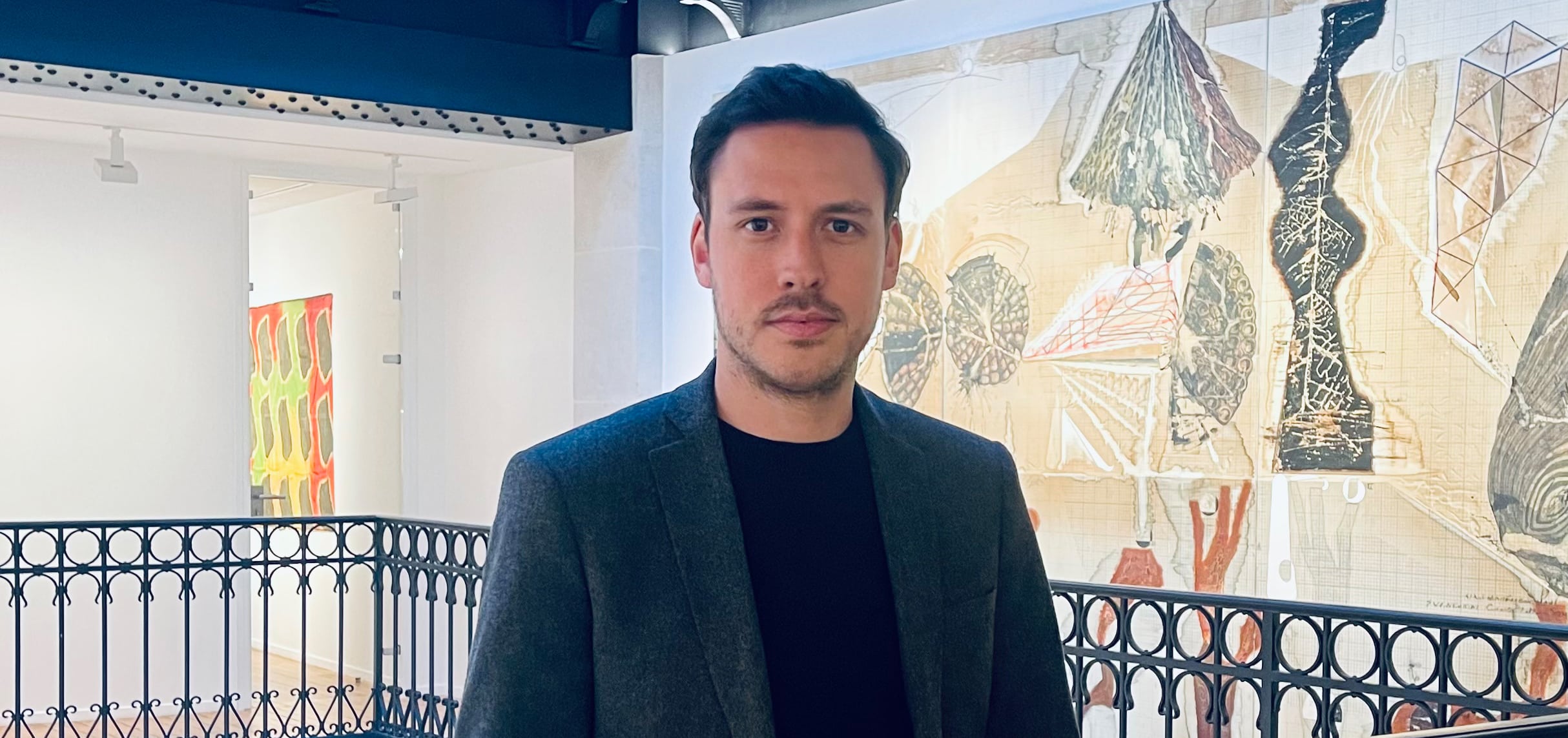
Mathieu Templon, Courtesy : Templon / Hedwig Van Impe © Remei Giralt
Interview by Pauline Loeb-Obrenan, founder of artfairmag.
In 2013, Galerie Templon opened an additional space in Brussels. Mathieu Templon, Daniel’s son, has been running it with brio since 2015. This smiling and dynamic art dealer remains faithful to the DNA of the Parisian gallery while introducing his own personal touch with a spirit of renewal. I spoke with him about his background, his commitments, his vision of the profession and his relationship with art fairs.
artfairmag: Mathieu Templon, for those who don’t you know you yet, can you tell us more about your background and how did contemporary art come to you?
Mathieu Templon: I had the chance to grow up in the art world. Throughout my childhood my father Daniel Templon took me everywhere with him. All my holiday breaks were his business trips so I got the opportunity to visit artist studios, galleries, museums and art fairs all year long. For some reasons, I always knew that somehow, I would be working in the art market. While I was studying in law school and later in a business school, I spent my summer internships in major New York galleries but it is only after I organized a Jean-Michel Alberola exhibition in Tel Aviv in 2012 that I definitely decided to join the gallery world. I then went to New York to work at Sean Kelly gallery for 3 years before joining the family business in 2015 when I took over the direction of our Brussels’ space.
artfairmag: Templon has 3 different spaces: two in Paris and one in Brussels. You have been running the Brussels gallery for almost six years. Do you adapt the Parisian program to better suit Belgian collectors who are reputed to be less conservative than the French?
M. T.: The idea of the Brussels gallery has always been to defend our Paris program since almost all of our artists do not have any other representation there. However, since I joined the gallery, I used our space as a way to introduce some novelty. The Belgian collectors are indeed less conservative. They like to discover young emerging artists, they are not risk adverse and will enjoy buying to support new talents. This is the reason why they are said to be some of the best collectors in the world.
artfairmag: Galerie Templon showcases a wide variety of media and styles that don’t seem linked by anything else than personal tastes. How do you choose the artists you represent?
M. T.: Like most significant galleries today, our program is wide and generalist. We have to be able to show a broad array of mediums and artists from all over the world. Our program features over 40 artists from all continents and various generations from 30 to 90 years old, as well as a few estates. However, for the last 55 years, the gallery has given a special importance to defending painting and especially figurative painting.
Finding new artists is a constant quest that is a part of our daily life, while traveling, going to gallery shows, museum exhibitions, art fairs, and doing studio visits. After finding someone whose work stands out, we usually prefer to wait and observe how the artist evolve and if he can fit into our program. We try not to rush even though it is becoming harder and harder to take our time with the growing competition.
“The only thing that has not changed is that being a gallerist goes beyond a daytime job, it is your whole life.”
artfairmag: You are part of the new generation of art dealers and you actively promote young talent by featuring every year the work of one emerging artist, such as Omar Ba or Prune Nourry. Would you say that there is a kind of age-related solidarity?
M. T.: I have been naturally drawn to artists of my generation or closer to my culture. That was the case for Omar Ba in 2016, Prune Nourry in 2017 or Billie Zangewa in 2019. For me this is a generation of artists who, in their work, their topics of predilection, their practice or technic, immediately spoke to me. And they also resonate with a new generation of collectors I have developed relationships with for a few years now. But ultimately this is not quite about age, for instance, the youngest artist of our program, Robin Kid, was chosen by Daniel, while my latest addition to the gallery’s roster is an estate: Ed & Kienholz, the famous American installation art duo.
artfairmag: The profession of art dealer has changed a lot in the last decades. What does it involve today? Do you share with your father Daniel the same vision of this profession?
M. T.: The art market has changed a lot since my father opened the gallery in 1966. I have often heard him say that it was easier then, to arrive on the field and take a chance at it. The art market and art world were much smaller back then with only a handful of passionate actors. But since then it became a very complex globalized world in which you have to constantly navigate between an incredible number of key players from artists to dealers, galleries and auction houses. To remain competitive, you have to play on several fronts: to keep on finding new artists, to participate to international art fairs, to open new exhibition spaces and to conquer new markets. The only thing that has not changed is that being a gallerist goes beyond a daytime job, it is your whole life.
artfairmag: Before Covid-19, Galerie Templon participated in the biggest art fairs – 12 every year – which were an important source of income. After this long hiatus, which forced galleries to adapt and perhaps to reinvent themselves, how do you see your relationship with fairs in the coming years?
M. T.: During Covid times, we were able to remain competitive and kept growing, even while participating in almost any fair. However, I do not believe that reducing the amount of fairs’ participation is the right way to go. I think that after such a pandemic, it will be even more important to travel towards our existing clients, and take time to create real boundaries to increase our collectors’ base. In an increasingly globalized world, I believe that we will tend to have to go to see them locally rather than having them coming to us.
artfairmag: To conclude this interview, could you present us an artwork – which may or may not come from the gallery – that is special to you?
M. T.: Last week, we just announced the representation of African-American artist Michael Ray Charles. He was really well-known in the 90s after a blooming career but since then he has not shown any works in the last two decades in order to create in secret a coherent and disturbing body of works that tackles on racial discriminations. I am happy to share here (FOREVER FREE), The Facts of Life, (2012), the painting that announced his comeback. In a black and white palette of colors, the artist managed to create a painful but deeply political work that questions the end of slavery and the power of images.
More Interviews
Annely Juda Fine Art
Opened in 1968, Annely Juda Fine Art quickly became known for its artworks from Russian Constructivism, the Bauhaus and de Stijls movements
Galerie Max Hetzler
Founded in 1974, Galerie Max Hetzler focuses on well-established contemporary artists as well as emerging talent. With 5 locations in Europe, its influence is global.
Lévy Gorvy
Co-founded in 2017 by Swiss art dealer Dominique Lévy and Brett Gorvy, Lévy-Gorvy has become on of the most highly regarded contemporary art galleries.
Nathalie Obadia
With two major spaces in the heart of Paris and another in Brussels, Nathalie Obadia is committed to promote young talent alongside established artists.
